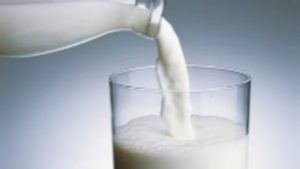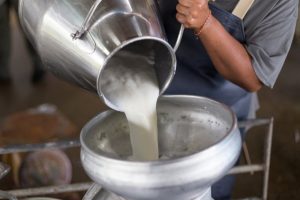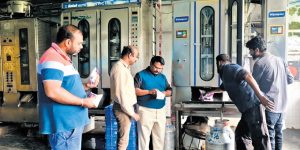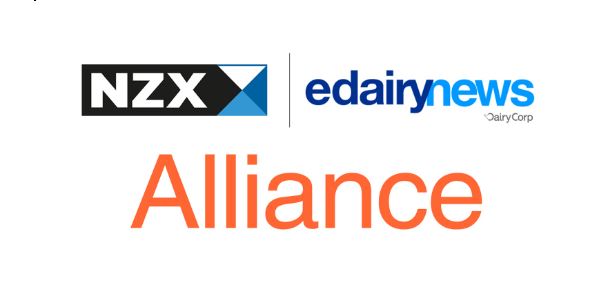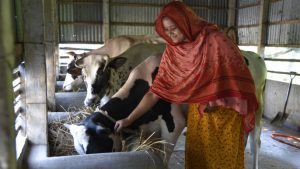The founder of the Ecologic Foundation, Guy Salmon, said urgent action was needed to try to stop Antarctica’s “doomsday glacier” collapsing, and overhauling the agriculture sector was key.
Salmon was speaking from his home in the coastal Nelson suburb of Glenduan, where the city council was building a $1.4 million rock wall along the settlement’s storm-battered seafront road.
“We’ve got this short window of opportunity to stop the Thwaites Glacier going into irreversible decline, along with the other glaciers in West Antarctica,” he said.
“If we can’t do that over the next 20 years, this [kind of protection] is going to be a waste of time.”
The sea ice around Thwaites Glacier had been acting as a cork, stopping much larger volumes of land-based ice from sliding off into the sea.
If the glacier – which is melting at an alarming rate – collapsed, scientists fear it would cause up to 3m of sea level rise, more than double the rise forecast this century.
That would threaten far more than the 4500 properties currently identified as at risk from coastal inundation in Nelson, said Salmon, who was made an Officer of the New Zealand Order of Merit last month.
Greenhouse gas emissions had to fall significantly in the next 20 years to avoid irreversible “tipping points”, he said.
Cutting methane would reduce warming much more quickly than carbon dioxide in the short term, he said.
Although methane disappears from the atmosphere much faster than carbon dioxide, over a 20-year period its potential to warm the planet is 84 times higher than carbon dioxide, according to the IPCC and other international agencies.
How much to cut methane is hotly disputed, with some researchers arguing for gentle or no cuts, because the gas doesn’t stick around as long in the atmosphere. According to that line of argument, farming should be required to stabilise the warming from its methane, but not reduce it.
Agriculture accounted for an estimated 45 per cent of global methane emissions, according to a report by McKinsey & Company last year.
About 80 per cent of agricultural methane emissions were from livestock production.
“The McKinsey report is saying methane should be reduced globally by 25 – 35 per cent by 2030, and in the Zero Carbon Act, we have it being reduced by 10 per cent by 2030,” Salmon said.
“New Zealand is the big agricultural emissions country of the world, as a proportion of our total emissions, 48 per cent of our emissions are agricultural emissions.
“We’ve really got to seize the opportunity of this coming year to get agriculture really pulling its weight, and showing change leadership to other livestock-producing countries.”
Only about 20 per cent of the emissions reductions necessary by 2050 could be achieved by known changes in technologies and farming practices, the report said.
Sheep, beef and dairy farmers had to be encouraged to change their land use, with the McKinsey report recommending a switch to poultry, pork and plants, Salmon said.
Introducing a duty for farmers to offset part of their emissions with trees would both reduce the sector’s net emissions and encourage land use change, he said.
Nelson dairy farmer, Julian Raine, had cut his herd by 100 cows, and planted pine trees on his long-held family farm to offset the herd of 500’s methane emissions.
He agreed the sector needed to do more to reduce its methane footprint.
But everyday farmers in New Zealand faced a “conundrum”, not least because they had to compete with cheaper imports, Raine said.
“Unlike the rest of the world that has subsidies, the only incentive we have is either compliance, or the market incentivises us to do it.
“Everyone is looking to us to do the right thing, but then … people will buy the cheapest stuff on the shelf and not look after their local producer.”
Some New Zealand farmers were introducing measures like methane-reducing stock additives, but others couldn’t afford to, he said.
Much of New Zealand was hilly and didn’t have a reliable source of water to grow crops, and there was still debate as to the breakdown of methane compared to other greenhouse gases, he said.


